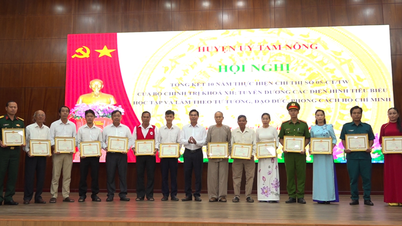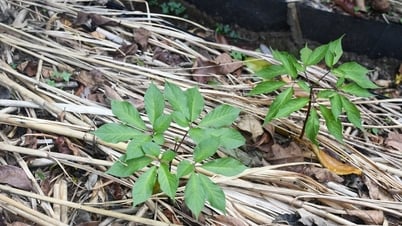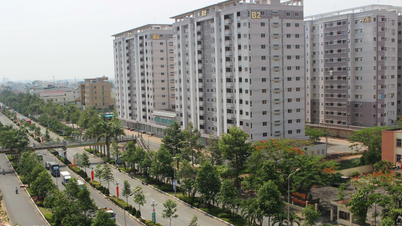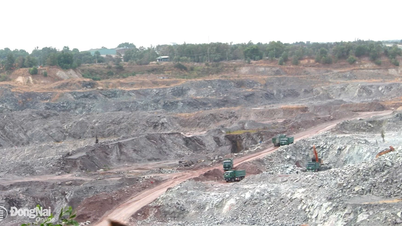
The survey also determined the location, scope, age, and nature of the archaeological site; provided directions, goals, and solutions for research, conservation, and value promotion. These included archaeological excavations and protection zones, which served as the basis for the construction of archaeological maps and archaeological planning in Quang Nam province until 2030.
In Hoi An City, there are currently 2 archaeological sites ranked as national relics, 5 relics ranked as provincial relics, 17 relics in the city's protection list and many other archaeological sites.

According to Mr. Vo Hong Viet - an officer of the Hoi An Cultural Heritage Management and Conservation Center, from 1989 to present, through archaeological research in the locality, tens of thousands of massive artifacts, diverse in types, designs and rich in materials according to the system of archaeological relics belonging to different periods from pre-historic - early history - Sa Huynh culture, Champa,... to the present day have been discovered.
This result contributes to a more thorough understanding of the history and culture of the land and people of Hoi An and the identification of the space of Hoi An ancient town in the 16th - 17th centuries. In addition, it also raises a number of important scientific issues that need to be answered, such as the relationship between Sa Huynh and Champa cultures; the location of Hoi An ancient town during the Champa Kingdom; the location of the Japanese, Chinese, and Vietnamese quarters in the 16th - 18th centuries; the formation of Vietnamese village communities in Hoi An...
Source



![[Photo] Many young people patiently lined up under the hot sun to receive a special supplement from Nhan Dan Newspaper.](https://vphoto.vietnam.vn/thumb/1200x675/vietnam/resource/IMAGE/2025/5/18/6f19d322f9364f0ebb6fbfe9377842d3)
![[Photo] Party and State leaders attend the special art program "You are Ho Chi Minh"](https://vphoto.vietnam.vn/thumb/1200x675/vietnam/resource/IMAGE/2025/5/18/6895913f94fd4c51aa4564ab14c3f250)


![[Photo] Ready for the top competitions of Vietnamese table tennis](https://vphoto.vietnam.vn/thumb/1200x675/vietnam/resource/IMAGE/2025/5/18/9c547c497c5a4ade8f98c8e7d44f5a41)















![[Podcast] - War Scars](https://vphoto.vietnam.vn/thumb/402x226/vietnam/resource/IMAGE/2025/5/18/9a131452559b41c9be4dc3798d0a4da0)








































































Comment (0)